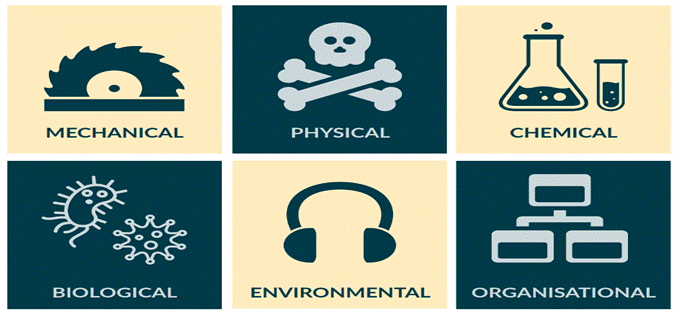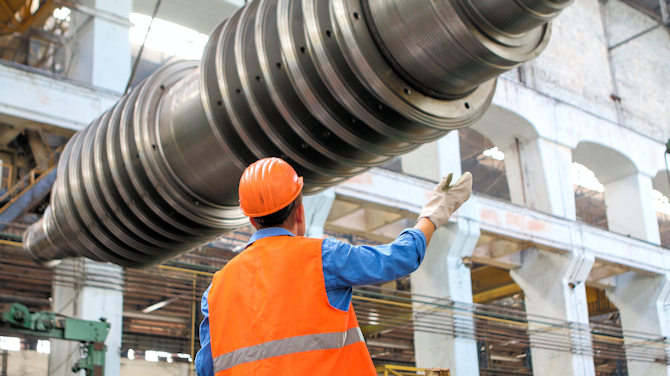ISO 9001 helps companies ensure that their processes are efficient, consistent, and meet customer requirements. It involves implementing standardised procedures and controls to monitor and improve the quality of products throughout the production cycle.
Manufacturing companies should adopt an ISO 9001 Quality Management System (QMS) for a variety of reasons. ISO 9001 is not only a recognised standard in the United Kingdom but is also an internationally recognised system for quality management, and its adoption can provide numerous benefits to a manufacturing company, such as improved quality, increased efficiency, and enhanced customer satisfaction. Combining these benefits usually leads to access to more markets and hence sales of a company’s products and/or services.
Improved Quality of Products and Services
ISO 9001 helps manufacturing companies to improve the quality of their products and services. The standard requires organisations to establish and maintain a documented quality management system that defines their quality objectives, policies, and procedures. This helps to ensure that all aspects of the manufacturing process are documented, controlled, and consistently executed, leading to a more reliable and consistent product or service. By adopting ISO 9001, manufacturing companies can also identify and address quality issues more effectively, leading to a reduction in defects, scrap, and rework. This, in turn, can help to reduce costs and improve profitability.
Increased Efficiency and Productivity
ISO 9001 can help manufacturing companies to increase efficiency and productivity. The standard requires organisations to continually monitor and improve their processes, which can help to identify and eliminate inefficiencies, bottlenecks, and waste. By streamlining processes, reducing waste, and increasing efficiency, manufacturing companies can reduce lead times, improve on-time delivery, and increase throughput. This can help to reduce costs, improve profitability, and increase competitiveness.
Enhanced Customer Satisfaction
ISO 9001 can help manufacturing companies to enhance customer satisfaction. The standard requires organisations to establish and maintain a system for monitoring customer feedback, which can help to identify areas for improvement and ensure that customer needs and expectations are met. By consistently meeting customer requirements, manufacturing companies can increase customer satisfaction and loyalty, leading to increased sales and revenue.
Effective Risk Management
ISO 9001 can help manufacturing companies to manage risk more effectively. The standard requires organisations to identify and assess risks and opportunities, and develop plans to address them. By identifying and mitigating risks, manufacturing companies can reduce the likelihood of quality issues and non-compliance with regulations, leading to a more robust and resilient organisation.
Improved Decision Making
ISO 9001 promotes improved decision within manufacturing organisations by fostering a data-driven approach, enhancing the understanding of processes, managing risks within the processes, conducting root cause analysis, prioritising customer needs, driving continual improvement, providing clear documentation, involving employees, and utilising performance metrics. These elements collectively create a structured environment that enables informed, proactive, and quality-focused decisions, leading to enhanced efficiency, customer satisfaction, and overall organisational success.
Employee Engagement and Empowerment
ISO 9001, a quality management standard, can significantly impact employee engagement and empowerment within an organisation. As ISO 9001 requires organisations to define and communicate roles and responsibilities, this clarity helps employees understand their specific contributions, increasing their sense of purpose and engagement.
The concept of process ownership, where employees are accountable for managing specific processes empowers individuals to make decisions, take initiative, and drive process improvements, fostering a sense of empowerment and engagement.
ISO 9001 encourages organisations to establish mechanisms for employee suggestions and feedback on process improvements. Engaging employees in the improvement process not only empowers them but also shows that their input is valued, enhancing their motivation and engagement.
The standard also emphasises identifying competency requirements and providing necessary training. By investing in employee development, organisations enhance their skills and capabilities, empowering them to contribute effectively and grow within the organisation.
Finally, ISO 9001 promotes effective communication at all levels of the organisation. Regular communication channels and involving employees in decision-making processes create a sense of belonging, value, and empowerment, leading to increased engagement.
Benefits When Bidding for Contracts
As ISO 9001 is an internationally recognised standard for quality management systems by having the certification, you demonstrate your commitment to meeting customer requirements and delivering quality products or services. This enhances your credibility and reputation, making you a more attractive choice for potential clients.
Many organisations and government agencies require or prefer suppliers with ISO 9001 certification, as it assures them of your ability to consistently deliver high-quality results.
The ISO 9001 certification provides a framework for implementing a robust quality management system (QMS). This system ensures that your business has effective processes in place to monitor and improve quality throughout all stages of project execution. This gives clients confidence that you have the necessary controls in place to meet their quality expectations.
Some industries and markets require ISO 9001 certification as a prerequisite for participation. By obtaining the certification, you can expand your business opportunities and gain access to these markets. This can open up new avenues for growth and increase your chances of winning lucrative contracts.
The ISO standard also has emphasis customer focus and satisfaction. By implementing customer feedback mechanisms, addressing customer complaints, and continuously improving your processes, you can build stronger relationships with your clients. Satisfied customers are more likely to recommend you to others and provide positive references during the bidding process.
Summary
Overall, adopting an ISO 9001 Quality Management System can provide numerous benefits to manufacturing companies. By improving quality, increasing efficiency, enhancing customer satisfaction, managing risk, making better-informed decisions, and increasing employee engagement, manufacturing companies can become more competitive, reduce costs, and increase profitability.
In addition, adopting ISO 9001 can help manufacturing companies to demonstrate their commitment to quality and their ability to consistently meet customer requirements. This can help to build trust and confidence with customers, suppliers, and other stakeholders, leading to increased business opportunities and partnerships. By adopting ISO 9001, manufacturing companies can also stay abreast of the latest trends and best practices in quality management, and continue to evolve and improve their processes over time.
Find days between 2 dates
Industrial Companies Directory – UK Industrial & Commercial Suppliers









